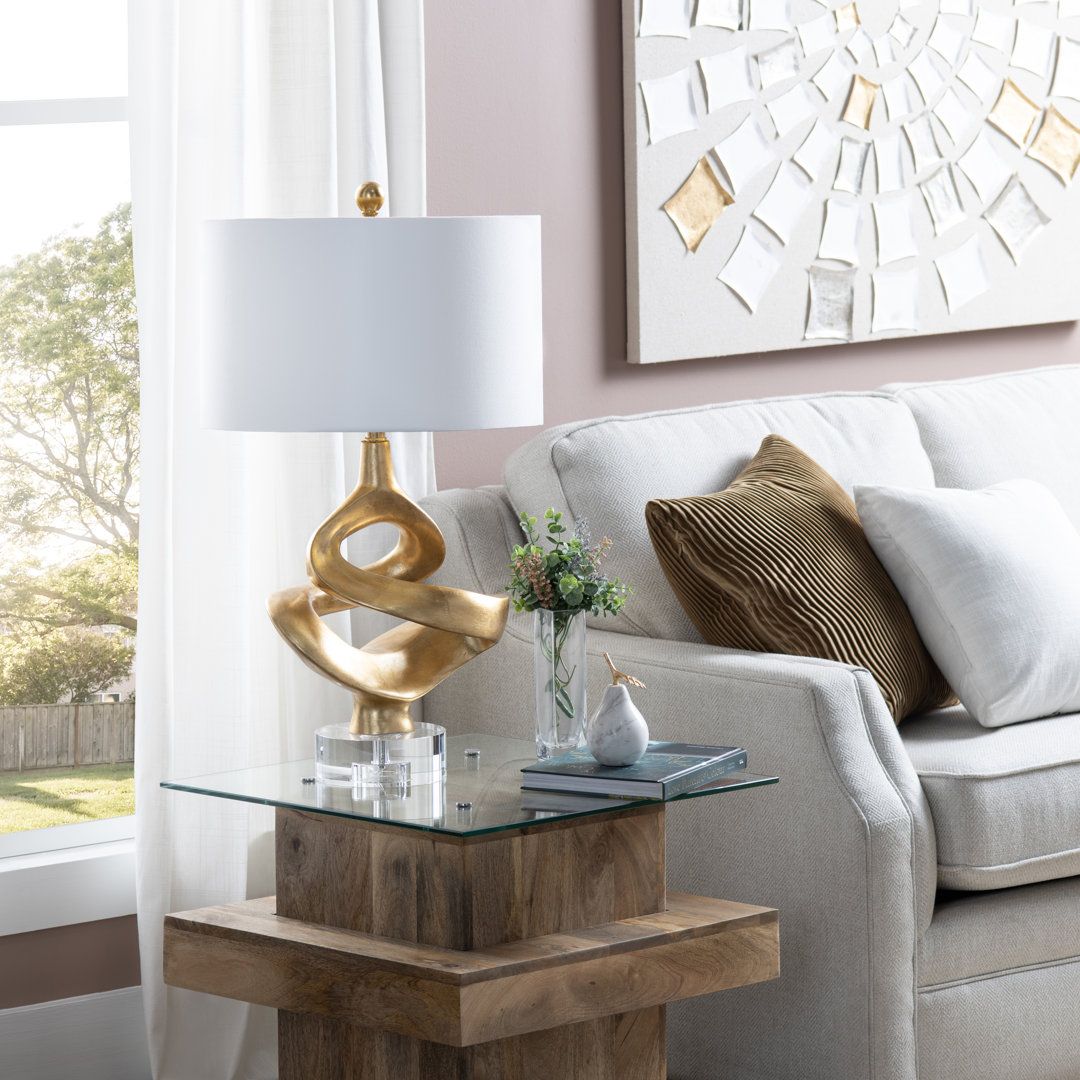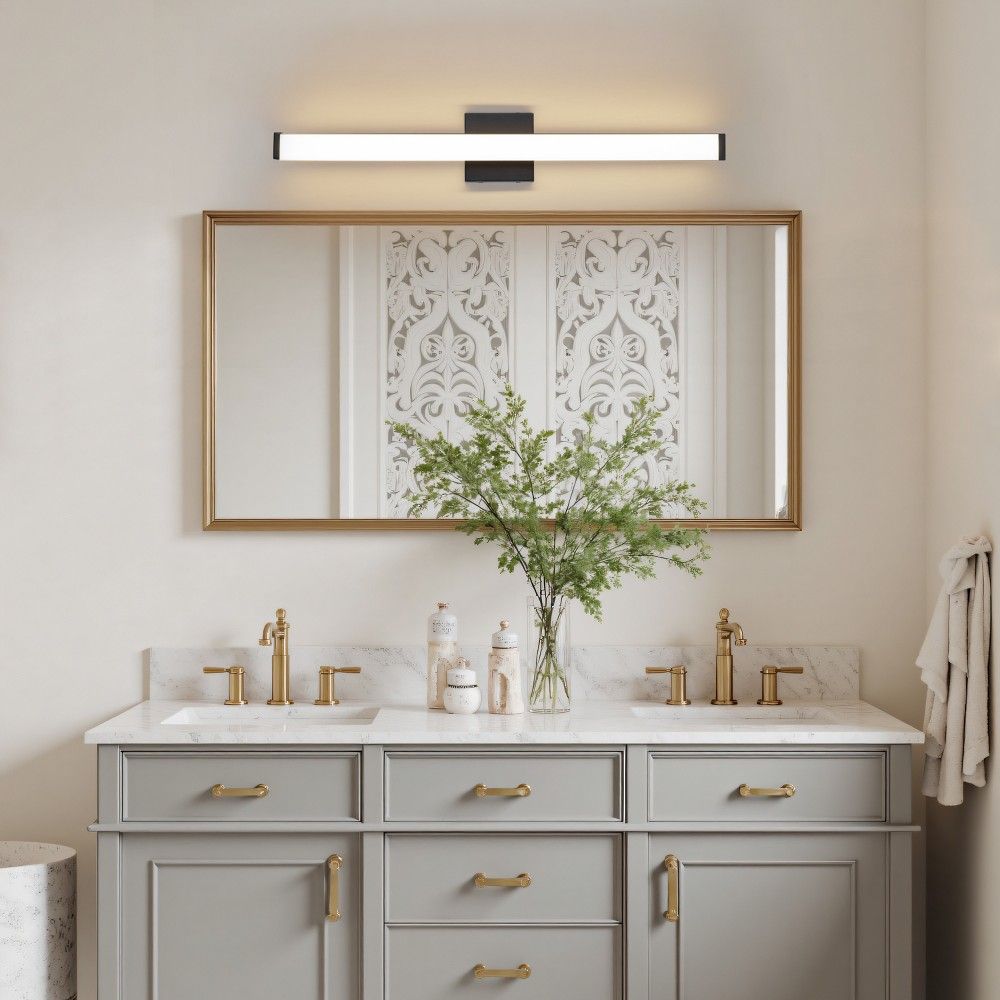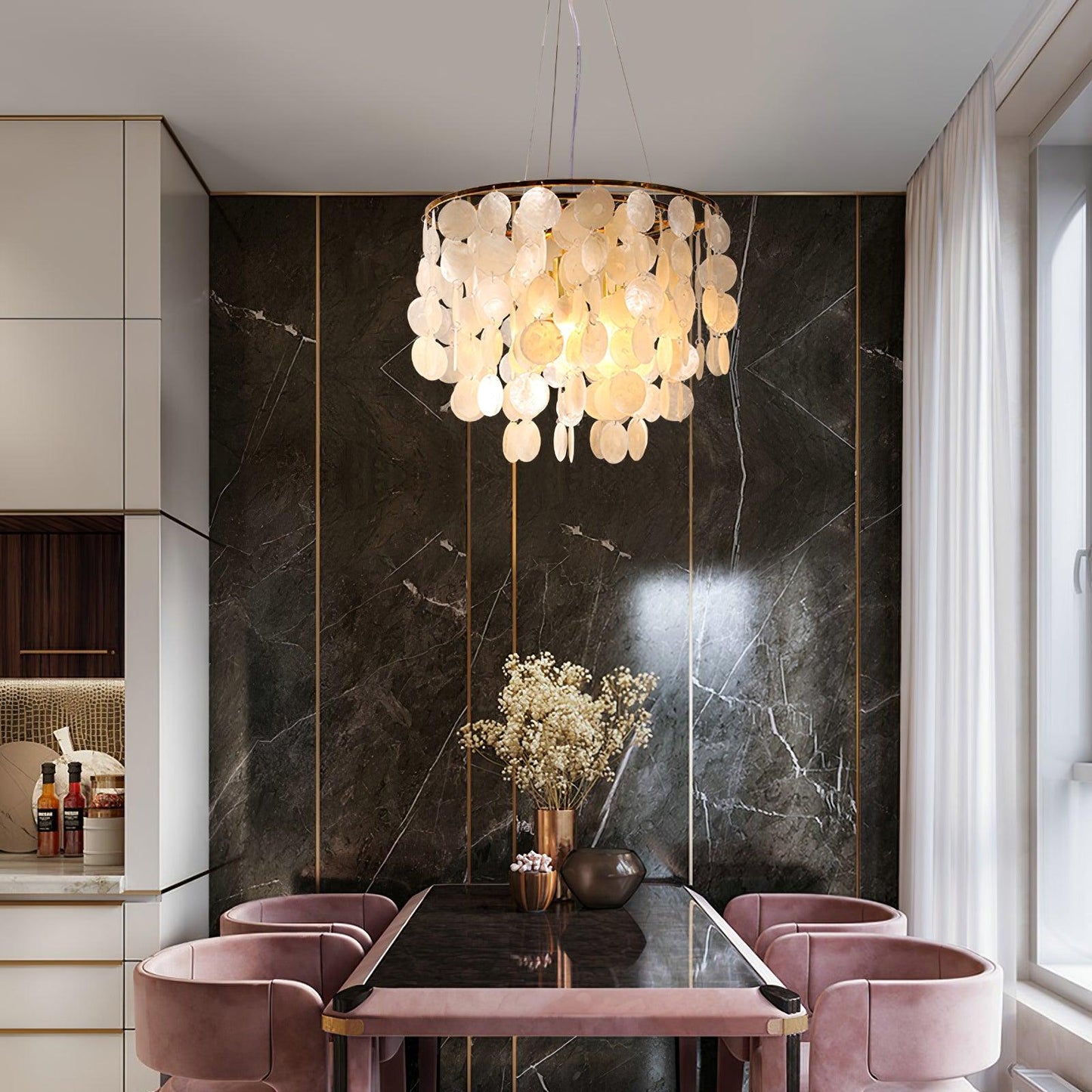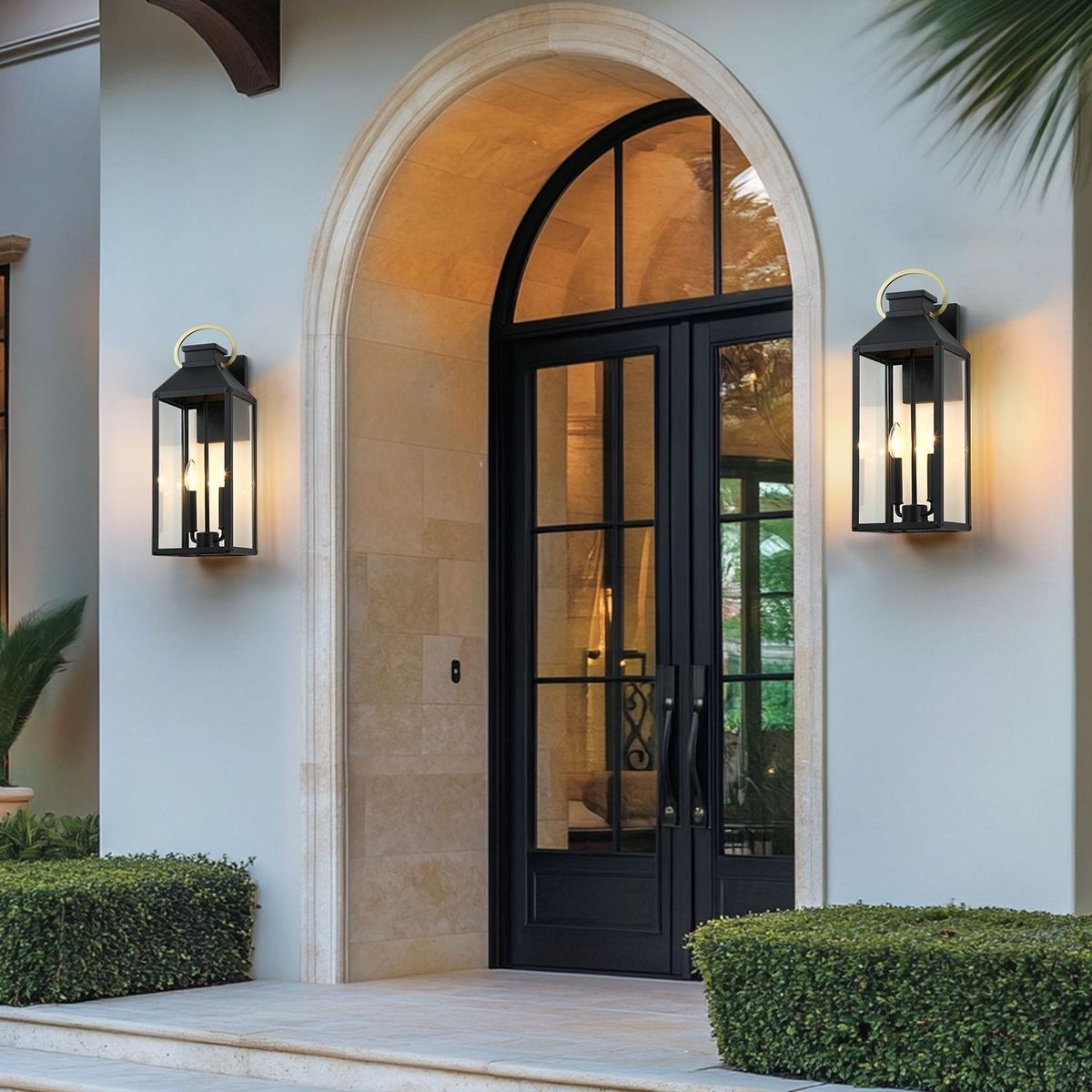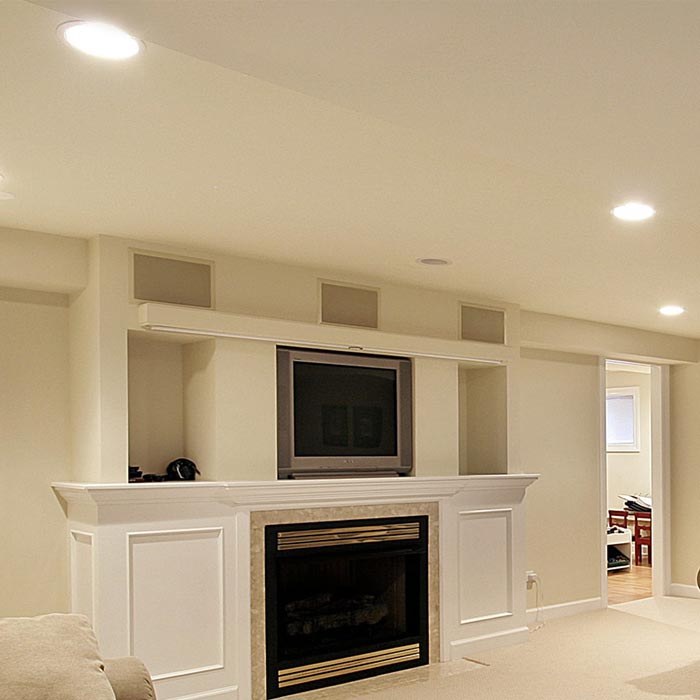
Recessed lighting is quite common in both residential and commercial spaces. Its popularity is due to its clean and streamlined look that ensures maximum functionality. So, you can expect to find it in places that need illumination without adding to the aesthetics.
However, when you browse the market, you might find several types of recessed lights. Each type of recessed light serves a distinct function. The types of recessed lights vary based on their housing, their trim, and their bulb type.
In this article, we will discuss the types of recessed lighting available and how to choose the best recessed lighting for your needs.
Benefits and Disadvantages of Recessed Lighting
Before we get on to the types of recessed lighting available, let’s discuss the benefits and disadvantages of recessed lighting to get a clearer understanding of their use.
Benefits:
-
Recessed lighting is installed flush with the ceiling, making it a great illumination source for the room without adding much to the room’s aesthetics.
-
Recessed lighting with adjustable gimbals or protruding gimbals is best used for highlighting certain aspects of a room.
-
Many recessed lights come with adjustable light temperatures which you can adjust based on the time of the day.
-
Recessed lighting pairs well with statement lighting pieces such as the grand chandeliers lights and pendant lighting from Yiosilamp. During the daytime, these statement pieces can serve as a decorative element and recessed lighting can contribute to indoor lighting.
Disadvantages:
-
Installing recessed lighting can be tricky as its housing and electric circuits need 6-8 inches of space above the ceiling to stay concealed.
-
Recessed lighting can be neatly installed by professionals only as they need to calculate spacing and drill precise holes in the ceiling for a snug fit.
-
Improperly installed recessed lights can negatively impact the aesthetics of the room.

Types of Recessed Lighting
Now that you know about the benefits and disadvantages of recessed lighting, let’s explore the different types of recessed lighting available:
Canned Recessed Lighting
Canned recessed lighting comes with a can-shaped housing. The electrical box stays on top of the can. The bulb is screwed into the can after installation. The best part about canned recessed lights is that the bulbs can be easily changed.
Canless Recessed Lighting
As the name suggests, canless recessed lighting is one that comes without the can. In this fixture, the LED lighting is built into the thin disc. It comes with an electric box that stays on top of the ceiling and “clips” that secure the light in the drilled hole.
Gimbal Lighting
One type of recessed lighting is gimbal lighting. In this kind of lighting, the bulb is protruding. In some types, the bulb’s direction can be adjusted to highlight a certain part of the room. The type where the bulb can be adjusted is called eyeball trim. Much like an eyeball, the bulb or “eye” can be adjusted according to need.
These types of recessed lights are best suited for spaces where there’s artwork on the walls, or to give uniform lighting where the ceiling is sloped.
Housing Types
The housing of the recessed light sits above the ceiling. Selecting the right housing is absolutely essential as it contributes to the functionality and safety of the recessed light. Here are the types of housing available for recessed lights:
-
New-construction housing: This is the type of housing that can be installed when the ceiling is being constructed. i
-
Shallow ceiling housing: This is the housing that takes less than usual space in the ceiling. It is typically used for ceilings with 2x6-inch joists.
-
Insulation contact (IC)-rated housing: If you’re installing housing in a ceiling where insulation is kept, IC-rated housing is a must-have for recessed lights to keep the electric circuit safe from overheating.
-
Non-IC housing: This housing must have a 3-inch clearance from the insulation. Best for POP ceilings where there’s no insulation present.
Trim Types
The classic recessed light is “recessed” into the ceiling’s surface. However, over time, manufacturers have introduced different types of trims for recessed lighting to enhance their functionality.
Here are some trim types you’ll come across when you’re shopping for recessed lighting:
-
Baffle Trim: This trim has a ribbed interior that is meant to minimize glare from the bulb. However, the bulb in this trim fits in the fixture and doesn’t sit flush with the ceiling. This is the most common trim in recessed lighting since it improves the illumination effect of the light.
-
Reflector Trim: This trim has a baffle-like structure made of a mirrored surface. This elevates the bulb’s illumination, making the recessed lighting shine brighter than without a reflector surface.
-
Open Trim: In open trim, the bulb sits flush with the ceiling or is protruding just a few millimeters.
-
Pinhole Trim: This trim narrows the light from the bulb to focus on a specific point on the ceiling or wall.
-
Wall-Wash Trim: This trim shields a part of the light to direct light to a specific area on the wall. You could use it for illuminating your fireplace or a painting on the wall.
-
Shower Trim: Shower trims come with a glass lens that is made of tempered glass. This light is best for high-humidity areas such as the bathroom or shower. The fluctuation in the temperature doesn’t affect the bulb, and it continues illuminating the area without fail till the end of its lifecycle.
How to Choose Recessed Lighting?
Choosing the right recessed lighting type can be a challenge. However, with these tips in mind, you can easily choose the right lighting to meet your lighting needs:
Define the purpose of illumination
The first thing to do is define the purpose of the lighting. If you wish to illuminate the room alongside a statement piece, a minimalistic recessed light will work well for you. Open trim, baffle trim, and reflector trim are some options for you.
If you have paintings on the wall, a wall-wash trim or a gimbal-type recessed light will be the best pick for you.
Consider the size of the room
If your room is small, like a corridor, consider small recessed lighting that doesn’t add much to the room. In these areas, baffle trims work well as they diffuse the light for a softer effect in a small space.
If you wish to install recessed lighting to a POP ceiling for aesthetics, consider an eyeball trim. In a POP ceiling, you might have to install the lighting close by for a symmetrical effect. In this case, consider a baffle trim to minimize the glare. For a bigger room, reflector trim might work well.
Consider your roof type
When you have to choose the housing, consider the roof type you have. If your roof has insulation, IC-rated housing is a must. You must also measure the space you have available between your false ceiling and the actual ceiling. For this, drill a small hole for a wire to pass through. Insert the wire into the ceiling till it touches the upper level of your ceiling. Mark it and measure it to see the space you have available for housing.

Conclusion
Recessed lighting is a versatile and practical choice for any space, offering both functionality and style. Whether you're looking for clean, minimalistic illumination or want to pair recessed lighting with statement pieces like an alabaster chandelier, a tree branch chandelier, or a black chandelier, the possibilities are endless.
At Yiosilamp, we offer a wide range of lighting fixtures to suit your needs and preferences. Explore our collection today to find the perfect combination of recessed lighting and standout chandeliers to transform your space. Illuminate your home with style and elegance—shop now at Yiosilamp!
FAQs
What is the most popular recessed lighting?
Recessed lights with baffle trims and those in a disc-like shape are the most popular types. Baffle-trimmed recessed lighting is used to diffuse the light, ideal for small spaces and for lining a POP ceiling. Disc-shaped recessed lighting is ideal for pairing with statement lighting pieces like pendant lights or chandeliers.
How many recessed lights do I need for a 12x12 room?
A 12x2 recessed light might need at least 6 recessed lights installed in a grid-like pattern. However, if you wish to add the recessed lights on the border within a POP ceiling, 3-4, small eyeball trim recessed lights per side would be an ideal number.
Read More:
How to Balance a Ceiling Fan: A Step-by-Step Guide?
20 Entryway Lighting Ideas to Brighten Your Home
Are Integrated LED Light Fixtures Worth It?

